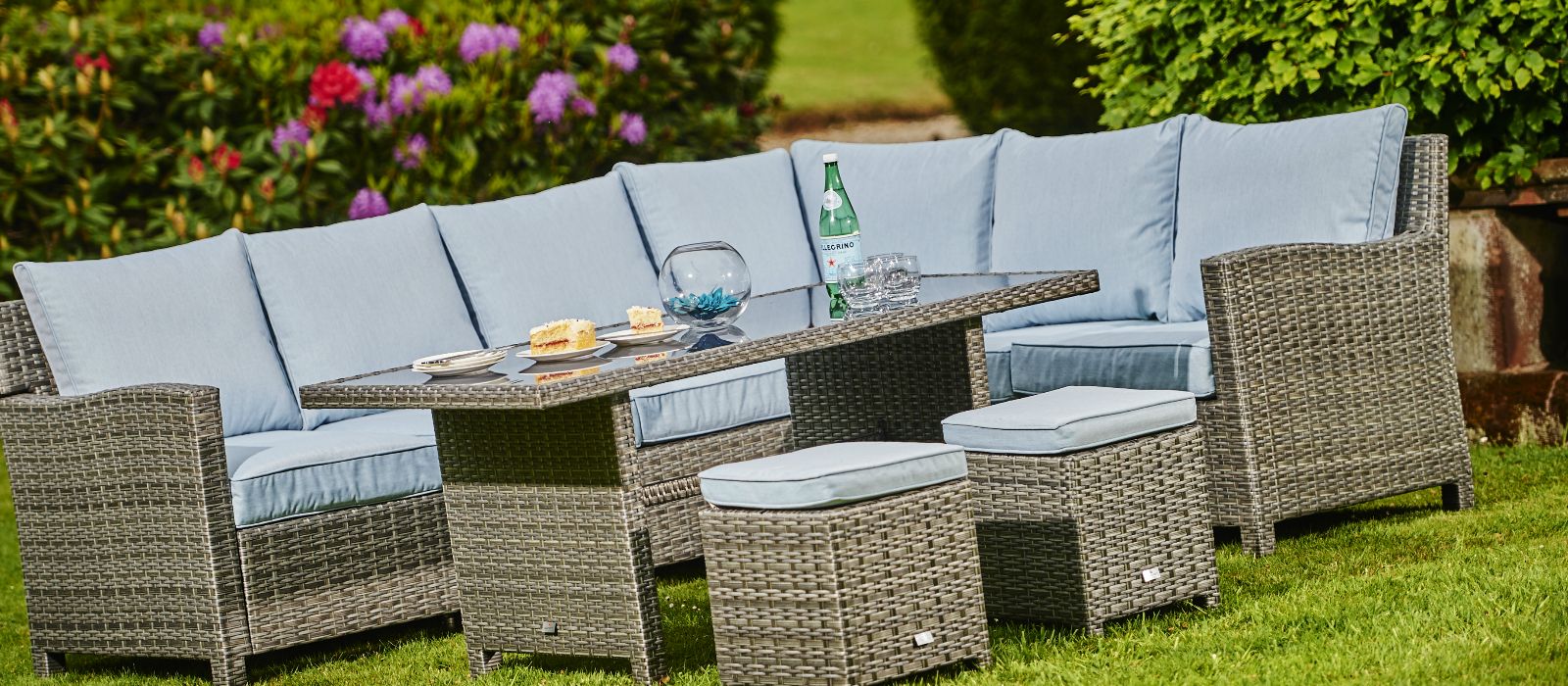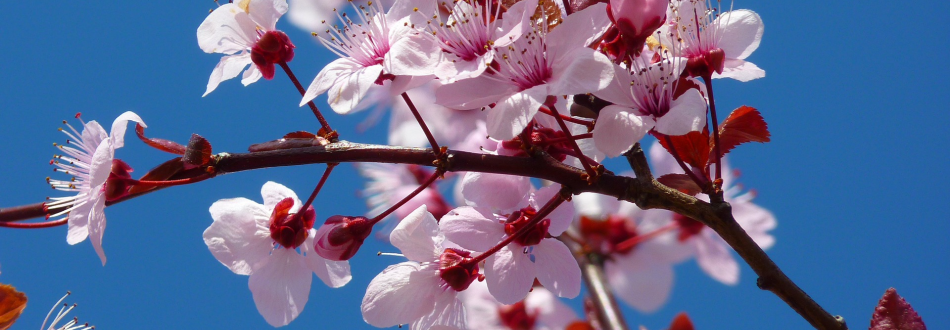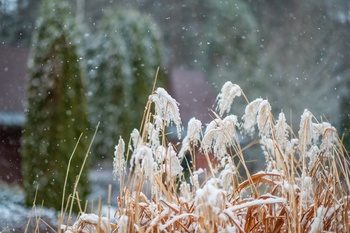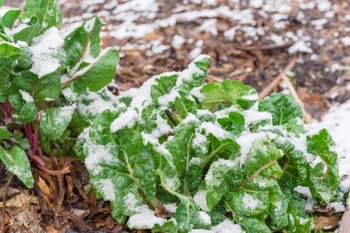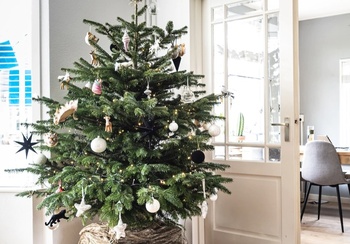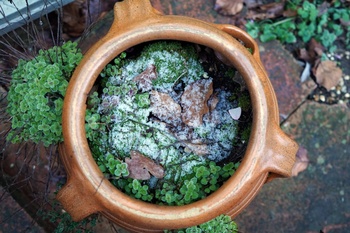When the days are short and the trees are bare, one plant still glows with colour in the garden – the shrubby dogwood. Dogwoods are part of the Cornus family, a group of deciduous trees and shrubs. While flowering dogwoods are at their best in summer, shrubby dogwoods hide in the background all year, then explode onto centre stage in winter, shedding their leaves to reveal the brilliantly coloured stems beneath.
Winter garden wonders
With their vibrant coloured bare stems lighting up the greyest day, no winter garden should be without the shrubby dogwoods. The three most common species are Cornus alba (red-barked dogwood), Cornus sericea (red osier dogwood) and Cornus sanguinea (common dogwood). Stem colours range from blazing orange (Cornus ‘Midwinter Fire’) to vivid red (Cornus alba ‘Sibirica’) and gleaming yellow-green (Cornus sericea ‘Flaviramea’). They look spectacular planted near water, and a group of dogwoods lit by a low winter sun is a sight sure to lift any heart.
How to grow and prune dogwoods
Shrubby dogwoods will grow in most soil conditions, and they’re unbothered by damp or heavy soils. They don’t mind a bit of shade either, but their stem colour shows up best in full sun. The one thing they don’t cope well with is prolonged drought, so water them regularly in dry periods, especially in the first couple of years after planting while their roots are establishing themselves. Dogwoods tend to sucker, so plant them where they have room to spread.
 Pruning shrubby dogwoods is very straightforward. For the best stem colour, these shrubs should be cut back hard in mid-spring to 5-7.5cm (2-3in) above ground level, or on older plants, to the previous year’s stubs. This encourages the growth of new young stems which have the strongest colour. Leave new plants to grow unpruned for two or three years, to allow them to settle in and establish themselves.
Pruning shrubby dogwoods is very straightforward. For the best stem colour, these shrubs should be cut back hard in mid-spring to 5-7.5cm (2-3in) above ground level, or on older plants, to the previous year’s stubs. This encourages the growth of new young stems which have the strongest colour. Leave new plants to grow unpruned for two or three years, to allow them to settle in and establish themselves.
All shrubs benefit from annual mulching and dogwoods are no exception. Mulch around the roots of the shrub in spring with compost or other well-rotted organic material, making sure it doesn’t touch the stems as this could cause them to rot. As well as suppressing weeds, mulching improves the soil structure and will help the shrubs cope better with dry spells.
Three things you might not know about dogwoods
- Dogwoods have been used as hedgerow plants since the Tudor period. Any hedgerow with dogwoods growing in it has probably been there for a very long time!
- Dogwoods are great for wildlife. Birds and small mammals love the berries that appear in late summer.
- Cut dogwood stems make gorgeous and colourful winter decorations, planted in outdoor pots or arranged in vases.
Add vibrant colour to your garden this winter with a dogwood. You can plant them now in any soil that isn’t waterlogged or frozen, so come down to your local garden centre to see the wide range of dogwoods available.
